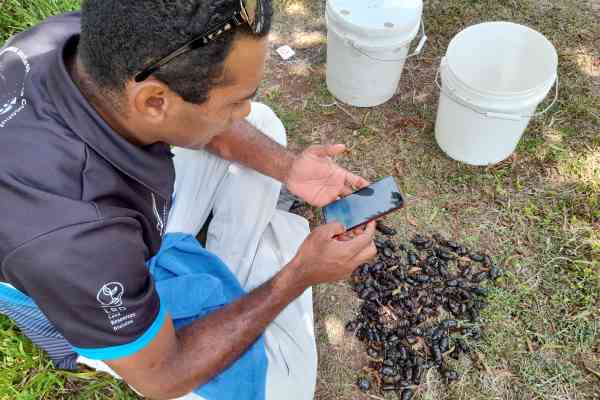El Niño and La Niña are climate patterns in the Pacific Ocean that can affect weather worldwide. They are two opposing climate patterns that break these normal conditions, and both have global impacts on weather, wildfires, ecosystems, and economies.
During El Niño, trade winds weaken, warm water is pushed back east, toward the west coast of the Americas and during La Niña events, trade winds are even stronger than usual, pushing more warm water toward Asia.
Effects
El Niño also has a strong effect on marine life off the Pacific coast.
During normal conditions, upwelling brings water from the depths to the surface; this water is cold and nutrient-rich whereas, during El Niño, upwelling weakens or stops altogether.
Without the nutrients from the deep, there is fewer phytoplankton off the coast affecting fish that consume it and in turn, affects everything that eats the fish.
The warmer waters can also bring tropical species, like yellowtail and albacore tuna, into areas that are normally too cold. (Source: NOAA)


